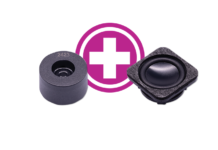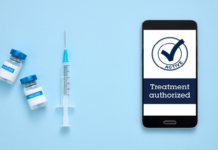
Are you about to start using an Clinical EHR software system? If so, you can modernize patient care by adopting the following essential tips.
Integrate Your EHR system with Other Information Sources
EHR software can easily be integrated with other systems used by other healthcare departments, such as imaging departments and laboratories.
By linking your EHR software with other systems, colleagues and associates can access information more quickly and thus provide better patient care.
For instance, physicians would no longer need to wait for CAT scans or X-ray results. Instead, they could access the digital information as soon as it is available.
And as EHR systems continue to evolve, such as with the help of artificial intelligence, they are sure to make processes even more efficient and be able to provide even better patient care. In the meanwhile, make sure you know how to select an EHR that is right for your needs.
Make Sure Your EHR System Is Mobile Compatible
EHRs contain all kinds of valuable patient information, so it is not only physicians awaiting test results that can benefit and thereby modernize patient care.
EHRs are stored online. So, with mobile devices, any authorized personnel can access the system from anywhere and at any time to do things like answer urgent questions and help with medical emergencies.
In turn, that means doctors and other healthcare workers are more accessible than ever before and can therefore deliver better patient care.
So, make sure the EHR system you use is mobile compatible.
Ensure Your EHR System Includes a Patient Portal
Patient care can be modernized a lot when your EHR system includes a patient portal.
It enables patients to access all of their medical records and treatment plans, and other information, from the comfort of their own homes or from anywhere else. All that is needed is an internet connection.
Not only should you ensure your EHR system includes a patient portal. You should also make sure that you encourage patients to use it.
A patient portal allows patients to do many things besides access their information. For instance, they can set up appointments, receive reminders about vaccinations, and receive help from doctors about urgent matters.
Make E-prescriptions a Part of Your EHR System
When patients can make repeat prescription requests via an EHR system, they will save a lot of time and no longer have to worry about carrying paper prescriptions back and forth to pharmacies.
E-prescriptions can also store preferences in the patients’ records and include things like built-in alerts for medication interactions, dosing, and allergies.
In turn, that means prescription errors can be avoided and patients can access their prescriptions much more easily and quickly.
Use an EHR System That Supports Telemedicine
It has always been challenging for certain patients to get the best care. For instance, people who have limited mobility or live in remote rural areas can find it challenging to visit doctors in person.
Telemedicine is the answer. It enables patients to connect with doctors online. That can be very useful for all kinds of patients, including ones who are under quarantine, and it can speed up doctor appointments.
So, look for an EHR system that supports telemedicine to help both patients and healthcare professionals.
Customize the EHR System to Your Specific Needs
To provide the very best patient care, improve workflows, and increase efficiency, go with an EHR system that is customizable. You can then easily customize the software to your precise needs.
A well-configured EHR system will also help patients to save time during their visits to doctors, improve patient satisfaction, and reduce the burden on healthcare members of staff.


















